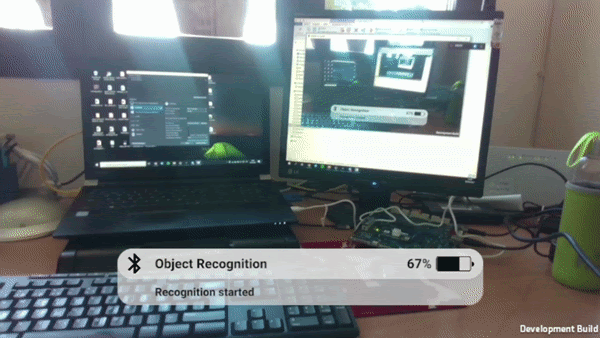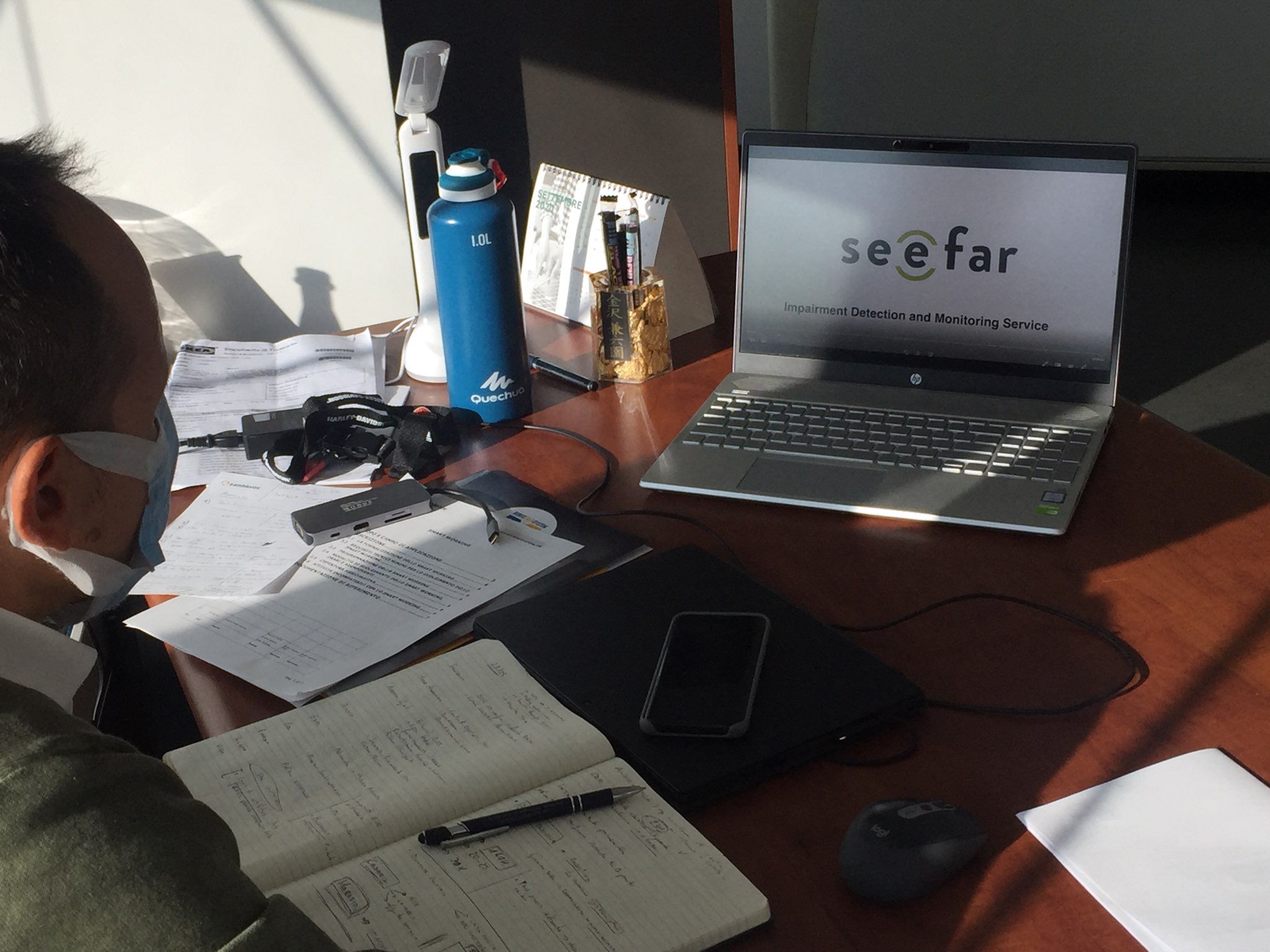Topic: Augmented Reality, Personalized visual assistant service, Personalized visual recommendation service, Embedded navigation system “We will all soon throw away our smartphones” I’ve heard this quote many times in the past years and I keep wondering how long it will actually take. The past 5 years have been insane in the XR world, many companies have been working towards this new way of interacting with…










